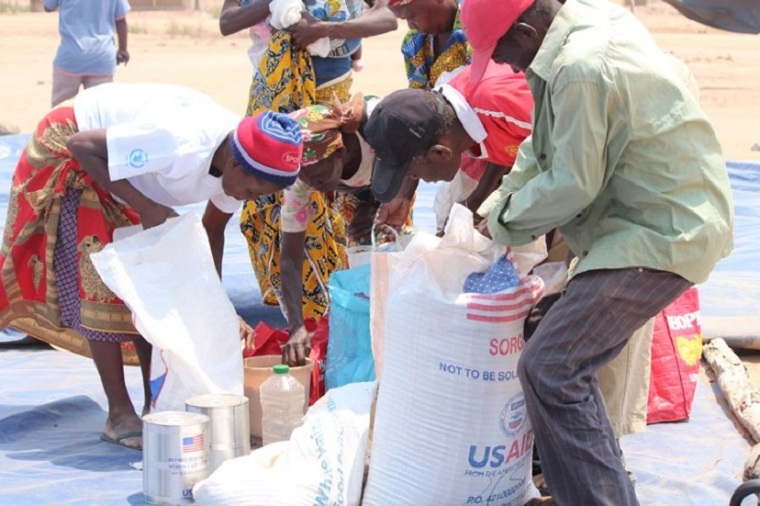Way back in 1995 I was approached by people living with AIDS to investigate what was happening at the AIDS Counselling Trust. The organisation was broke. Health Minister Timothy Stamps had auctioned his hair to raise funds for the organisation. People living with AIDS said this was a stunt because ACT was not doing much for people living with AIDS.
My investigation revealed that ACT had spent only $13 401 on AIDS counselling out of a budget of $1.4 million in 1994. Salaries of 19 employees consumed $673 432 but none of the employees was HIV positive. ACT also spent $63 866 to enable one of its directors to attend a conference in Japan.
ACT, it seemed, had taken advantage of people living with AIDS to enable a few people to earn a good living. Now Zimbabwe is asking NGOs to account for what they are doing and they are crying foul. Why, probably because they are not doing what they claim to be doing.
According to Crisis Caravan, Rwanda closed 50 NGOs after they could not offer a clear explanation of who they were and what they were doing?
Surely, one is bound to ask, what are 22 human rights organisations under the Zimbabwe Human Rights NGO Forum doing? Or what are 37 non-governmental organisations that form the Zimbabwe Elections Supervisory Network doing? And what are the 80 organisations in the Crisis Coalition of Zimbabwe doing?
If an NGO is spending less than 1% of its budget on its core activity, is such an NGO warranted?
That is not all. Almost all local NGOs are dependent on Western governments or international non-government organisations for sponsorship. While donors claim to be assisting the disadvantaged, studies show that they are in fact supporting their own nationals and industries.
Polman says, on average, 60% of official aid from donor governments is phantom aid. That is, “the money never leaves the donor country but is paid straight into the bank accounts of a range of development-aid innovation platforms, consciousness-raising and base-broadening initiatives, interest groups and lobby groups, policy advisers and Third World experts”.
In some cases NGOs are obliged to source all products and services from the donor country, even those that could be acquired far more cheaply in the crisis zone itself.
“The United States is the largest donor of phantom aid: 70 to 80 percent of all American government aid money is paid to American organizations, American factories, American contractors, and American transport companies,” Polman says.
American researcher Jake Johnston,said “the principal beneficiary of America’s foreign assistance programmes has always been the United States”.
Writing about USAID’s role in Haiti following a devastating earthquake that killed more than 200 000 people and displaced about 1.5 million, Johnston said for every dollar that USAID spent in Haiti, less than one penny (cent) went directly to Haitian organisations, the rest went to US corporations.
“As a jobs creator back home, USAID’s Haiti reconstruction effort has been an astounding success,” Johnston wrote. “The single largest recipient of USAID funding in Haiti was a for-profit, DC-based firm, Chemonics International, through USAID’s Office of Transition Initiatives.”
Continued next page
(202 VIEWS)



Pingback: Complete list of largely unknown Zimbabwe NGOs that were deregistered | The Insider
Pingback: Does the Zimbabwe PVO Bill spell doom for NGOs? | The Insider
Pingback: Pressure piles on Mnangagwa not to sign PVO bill | The Insider